Home>Home Appliances>Laundry Appliances>How To Wash Slides In A Washing Machine
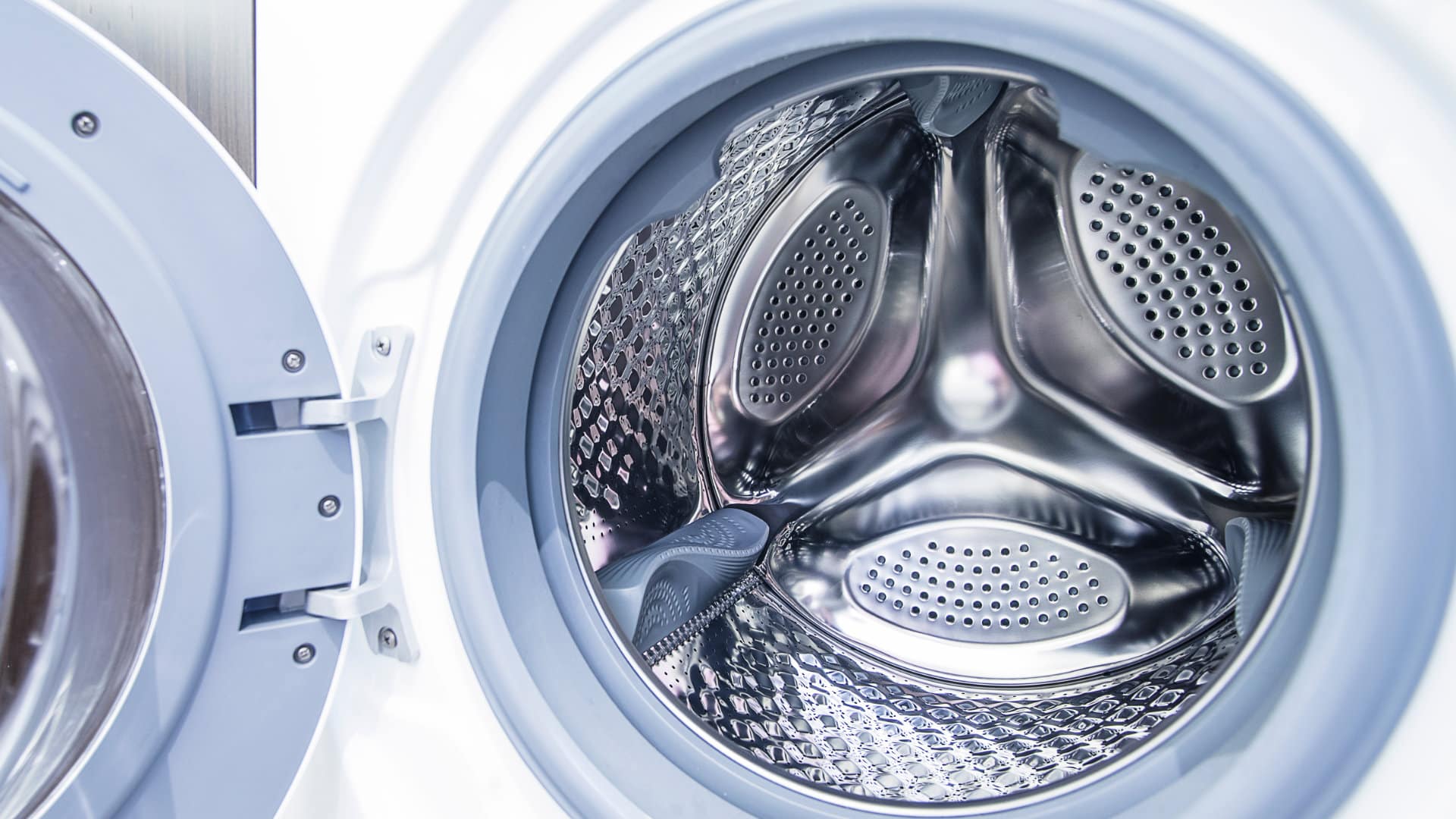

Laundry Appliances
How To Wash Slides In A Washing Machine
Published: February 20, 2024
Learn how to safely wash slides in a washing machine with our expert laundry appliance tips. Keep your footwear clean and fresh effortlessly!
(Many of the links in this article redirect to a specific reviewed product. Your purchase of these products through affiliate links helps to generate commission for Storables.com, at no extra cost. Learn more)
Introduction
Washing machines are a staple in most households, primarily used for cleaning clothes and linens. However, these versatile appliances can also be utilized for a surprising array of items, including slides. Whether it's children's plastic slides or metal ones from a playground, washing them in a washing machine can be an efficient and effective way to maintain their cleanliness.
In this comprehensive guide, we will delve into the step-by-step process of washing slides in a washing machine. By following these instructions, you can ensure that your slides are not only clean but also free from dirt, grime, and other contaminants that may have accumulated over time.
By learning how to properly clean slides in a washing machine, you can save time and effort while achieving optimal results. Let's explore the necessary steps to prepare, load, and clean your slides, ensuring that they remain in top condition for years to come.
Key Takeaways:
- Keep slides clean and free from dirt and grime by washing them in a washing machine. Prepare slides by removing debris, checking for stains, and disassembling if necessary. Follow manufacturer’s instructions for best results.
- When washing slides, use a gentle cycle, low spin speed, and cold water temperature. Add the right amount of mild detergent and consider pre-treating stubborn stains. Dry slides thoroughly and store them indoors to maintain their cleanliness and integrity.
Read more: How To Reset A Washer
Preparing the Slides for Washing
Before tossing your slides into the washing machine, it's essential to prepare them properly to ensure a thorough and effective cleaning process. Here's a detailed guide on how to prepare your slides for washing:
-
Remove Debris: Begin by inspecting the slides for any loose debris, such as dirt, leaves, or small rocks. Use a soft-bristled brush or a handheld vacuum to gently remove these particles. This step is crucial as it prevents the washing machine from getting clogged and ensures that the slides are thoroughly cleaned.
-
Check for Stains: Examine the slides for any stubborn stains or sticky residues. If you spot any, consider pre-treating the affected areas with a mild detergent or stain remover. Allow the pre-treatment to sit for a few minutes to loosen the stains before proceeding to the next step.
-
Inspect for Damage: Take a moment to inspect the slides for any signs of damage, such as cracks, sharp edges, or loose components. It's important to address any structural issues before washing the slides to prevent further damage during the cleaning process.
-
Disassemble if Necessary: If your slides have removable components, such as detachable steps or handles, consider disassembling them before washing. This allows for a more thorough cleaning and prevents dirt and grime from accumulating in hard-to-reach areas.
-
Check Manufacturer's Instructions: If your slides came with specific care instructions from the manufacturer, be sure to review them before proceeding. Some slides may have unique cleaning requirements or restrictions that should be followed to maintain their integrity.
By meticulously preparing your slides for washing, you can set the stage for a successful cleaning process and ensure that the washing machine can effectively remove dirt, stains, and other contaminants. With the slides properly prepped, you're ready to proceed to the next step of loading them into the washing machine for a thorough cleaning.
Loading the Slides into the Washing Machine
Once you have meticulously prepared your slides for washing, the next crucial step is to load them into the washing machine. Properly arranging the slides within the machine ensures that they are thoroughly cleaned without causing any damage to the appliance. Here's a detailed guide on how to load the slides into the washing machine:
-
Balance the Load: Before placing the slides into the washing machine, it's important to ensure that the load is balanced. If you are washing multiple slides, distribute them evenly within the drum to prevent the machine from becoming unbalanced during the cycle. This helps maintain the stability of the appliance and ensures an effective cleaning process.
-
Use a Mesh Laundry Bag: To provide an extra layer of protection for the slides and prevent them from getting caught on the washing machine's agitator or other components, consider placing them inside a mesh laundry bag. This simple yet effective step can safeguard the slides from potential damage while allowing water and detergent to reach them for a thorough cleaning.
-
Avoid Overcrowding: While it may be tempting to maximize the washing machine's capacity, it's important to avoid overcrowding the slides. Overloading the machine can hinder the circulation of water and detergent, leading to inadequate cleaning. Ensure that there is ample space for the slides to move freely within the drum, allowing the cleaning agents to reach all surfaces.
-
Secure Loose Components: If your slides have detachable parts, such as handles or steps, take the time to secure them before placing the slides in the washing machine. This prevents the components from becoming dislodged during the wash cycle, reducing the risk of damage to both the slides and the appliance.
-
Check for Obstructions: Before closing the washing machine's door, carefully inspect the drum to ensure that no foreign objects or debris are present. Removing any obstructions, such as stray items of clothing or small objects, helps prevent damage to the slides and ensures a smooth and effective cleaning process.
By following these steps, you can confidently load your slides into the washing machine, setting the stage for a successful cleaning cycle. With the slides securely positioned and the machine ready to go, you're one step closer to achieving clean and revitalized slides for continued enjoyment.
Selecting the Right Settings
Selecting the appropriate settings on your washing machine is crucial to ensure that your slides are cleaned effectively without risking damage to the appliance or the slides themselves. Here's a detailed guide on how to choose the right settings for washing your slides:
-
Gentle or Delicate Cycle: When washing slides in a washing machine, opt for a gentle or delicate cycle if available. These settings are designed to provide a thorough yet gentle cleaning process, making them ideal for items that require a more delicate approach. The gentle cycle helps prevent excessive agitation and reduces the risk of damage to the slides, especially if they are made of plastic or other sensitive materials.
-
Low or Medium Spin Speed: To safeguard the integrity of the slides and minimize the risk of deformation or damage, select a low or medium spin speed. This setting reduces the force exerted on the slides during the spin cycle, preventing them from being jostled excessively. By choosing a lower spin speed, you can maintain the structural stability of the slides while ensuring that they are adequately rinsed.
-
Cold Water Temperature: Opt for a cold water temperature setting when washing slides. Cold water is effective in removing dirt and stains while preventing any potential shrinkage or distortion of the slides. Additionally, using cold water conserves energy and is suitable for most types of slides, making it a practical choice for the cleaning process.
-
Extended Soak Option: Some washing machines offer an extended soak option, allowing items to soak in water and detergent before the wash cycle begins. This can be beneficial for loosening stubborn stains or residues on the slides, enhancing the overall cleaning effectiveness. If your washing machine provides this feature, consider utilizing the extended soak option to optimize the cleaning results.
-
Extra Rinse Cycle: Consider selecting an extra rinse cycle to ensure that all detergent and cleaning agents are thoroughly removed from the slides. This additional rinse helps prevent detergent buildup, which can be particularly important for slides that will be used by children. By incorporating an extra rinse cycle, you can ensure that the slides are free from any residual cleaning agents, promoting a safe and hygienic outcome.
By carefully selecting the right settings on your washing machine, you can tailor the cleaning process to suit the specific requirements of washing slides. These considerations help minimize the risk of damage to the slides while maximizing the cleaning efficiency, ultimately leading to revitalized and thoroughly cleaned slides ready for future use.
Adding Detergent and Other Cleaning Agents
Once the slides are securely positioned in the washing machine, the next crucial step is to add the appropriate cleaning agents to facilitate a thorough and effective cleaning process. Properly selecting and applying detergent and other cleaning agents can significantly impact the outcome of the cleaning cycle, ensuring that the slides are revitalized and free from dirt and grime.
Read more: How To Reset Kenmore Washer
Choosing the Right Detergent
Selecting a mild and gentle detergent is essential when washing slides in a washing machine. Opt for a detergent that is suitable for delicate items and formulated to remove stains and odors without harsh chemicals. Avoid using heavy-duty or abrasive detergents, as they may be too harsh for the materials used in the construction of the slides. Additionally, consider using a detergent that is free from dyes and fragrances to minimize the risk of skin irritation, especially if the slides will be used by children.
Pre-Treating Stubborn Stains
If the slides exhibit stubborn stains or residues, consider pre-treating these areas with a mild stain remover or a specialized pre-treatment product. Gently apply the pre-treatment to the affected areas and allow it to sit for a few minutes before initiating the wash cycle. This pre-treatment helps break down tough stains and enhances the overall cleaning effectiveness, ensuring that the slides emerge from the washing machine in optimal condition.
Incorporating Other Cleaning Agents
In addition to detergent, consider incorporating other cleaning agents to enhance the cleaning process. For plastic slides, a solution of mild soap and water can be effective in removing dirt and grime. Alternatively, for metal slides, a non-abrasive metal cleaner can be utilized to restore their luster and remove any oxidation or discoloration. It's important to use cleaning agents that are compatible with the materials of the slides and are safe for use in a washing machine.
Measuring the Right Amount
When adding detergent and other cleaning agents, it's crucial to measure the appropriate amount to avoid overuse or underuse. Refer to the manufacturer's guidelines for the recommended dosage of detergent based on the load size and water hardness. Using too much detergent can lead to excessive sudsing, potentially causing issues with the washing machine, while using too little may result in inadequate cleaning. By measuring the right amount of cleaning agents, you can optimize the cleaning process and achieve the desired cleanliness of the slides.
By carefully adding the right detergent and other cleaning agents, you can ensure that the slides undergo a comprehensive and effective cleaning process in the washing machine. These considerations play a pivotal role in achieving clean, revitalized slides that are free from dirt, stains, and other contaminants, ultimately prolonging their lifespan and maintaining their aesthetic appeal.
Read more: How To Clean Washer And Dryer
Running the Washing Cycle
With the slides securely loaded into the washing machine and the appropriate cleaning agents added, it's time to initiate the washing cycle. This pivotal phase of the process sets the stage for the thorough cleaning and revitalization of the slides, ensuring that they emerge from the cycle free from dirt, stains, and other contaminants.
Commence the washing cycle by closing the washing machine's door securely and selecting the predetermined settings tailored for washing delicate items such as slides. Ensure that the chosen settings align with the recommendations outlined earlier, including a gentle or delicate cycle, a low or medium spin speed, and a cold water temperature. If available, consider utilizing the extended soak option to allow the slides to benefit from an initial period of soaking in the detergent solution, enhancing the overall cleaning effectiveness.
As the washing machine springs into action, the slides are gently agitated within the drum, allowing the detergent and water to penetrate the surfaces and dislodge any accumulated dirt and grime. The balanced distribution of the slides within the drum ensures that each slide receives equal attention during the cleaning process, promoting uniform cleanliness and revitalization.
Throughout the cycle, monitor the washing machine to ensure that it operates smoothly and without any irregularities. The gentle and methodical movements of the slides within the machine contribute to a thorough cleaning process while minimizing the risk of damage to the slides or the appliance.
As the cycle progresses, the cleaning agents work diligently to remove stains, odors, and residues from the slides, rejuvenating them and preparing them for the subsequent drying phase. The careful selection of settings and the incorporation of appropriate cleaning agents culminate in a comprehensive and effective washing cycle, setting the stage for the next crucial step in the process.
By meticulously running the washing cycle according to the outlined guidelines, you can ensure that the slides undergo a thorough and gentle cleaning process, resulting in revitalized and clean slides ready for the next phase of the maintenance process.
Drying and Storing the Clean Slides
Once the washing cycle is complete, and the slides have emerged revitalized and free from dirt and grime, the final essential steps involve drying and storing them appropriately. Proper drying and storage procedures are crucial to maintain the cleanliness and integrity of the slides, ensuring that they remain in optimal condition for future use.
Drying the Slides
After the washing cycle concludes, carefully remove the slides from the washing machine, taking care to handle them gently to avoid causing any damage. If a mesh laundry bag was utilized during the washing process, carefully extract the slides from the bag, ensuring that no residual water or detergent remains trapped within the folds or crevices of the slides.
To facilitate the drying process, consider using a soft, absorbent towel to gently pat the slides, removing any excess moisture. Pay particular attention to intricate areas and crevices to ensure that all surfaces are adequately dried. Avoid using excessive force or rubbing vigorously, as this may inadvertently scratch or damage the slides.
Following the initial towel drying, allow the slides to air dry in a well-ventilated area away from direct sunlight or heat sources. Position the slides on a clean, dry surface, ensuring that they are arranged in a manner that promotes efficient airflow around and between the individual components. This allows the slides to dry thoroughly and prevents the accumulation of moisture, which can lead to mold or mildew growth.
Storing the Clean Slides
Once the slides are completely dry, it's essential to store them appropriately to safeguard their cleanliness and structural integrity. If the slides were disassembled before washing, carefully reassemble them according to the manufacturer's instructions, ensuring that all components are securely attached.
Select a suitable storage location for the slides, preferably indoors and away from extreme temperatures, humidity, or direct sunlight. If the slides are intended for outdoor use, consider storing them in a dedicated storage area or a protective cover to shield them from the elements when not in use.
When storing the slides, avoid stacking heavy objects on top of them or placing them in areas where they may be subjected to excessive weight or pressure. This helps maintain the structural integrity of the slides and prevents any potential deformation or damage.
By adhering to these meticulous drying and storage practices, you can ensure that the clean slides remain in optimal condition, ready for future enjoyment. These essential steps contribute to the overall maintenance and care of the slides, prolonging their lifespan and preserving their cleanliness for continued use.
Frequently Asked Questions about How To Wash Slides In A Washing Machine
Was this page helpful?
At Storables.com, we guarantee accurate and reliable information. Our content, validated by Expert Board Contributors, is crafted following stringent Editorial Policies. We're committed to providing you with well-researched, expert-backed insights for all your informational needs.
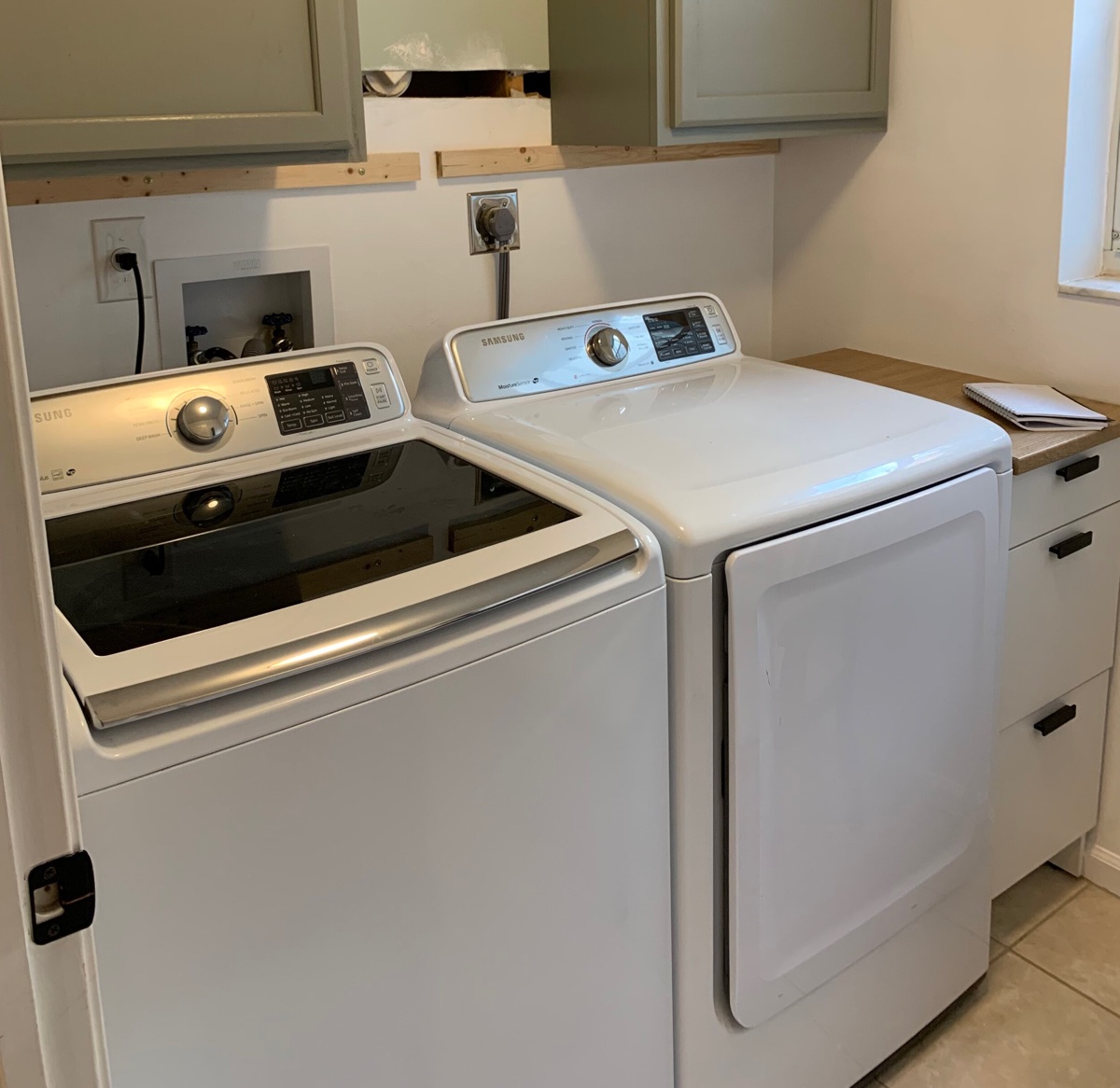
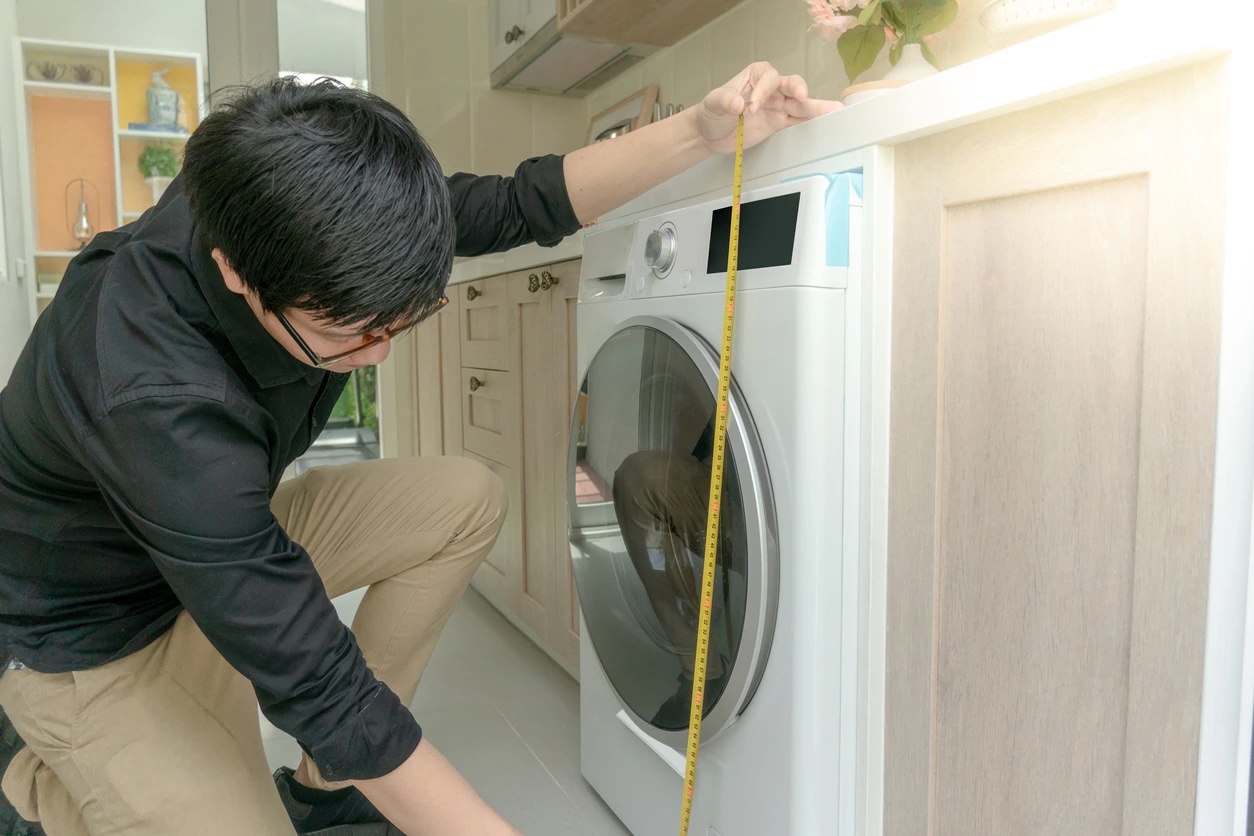
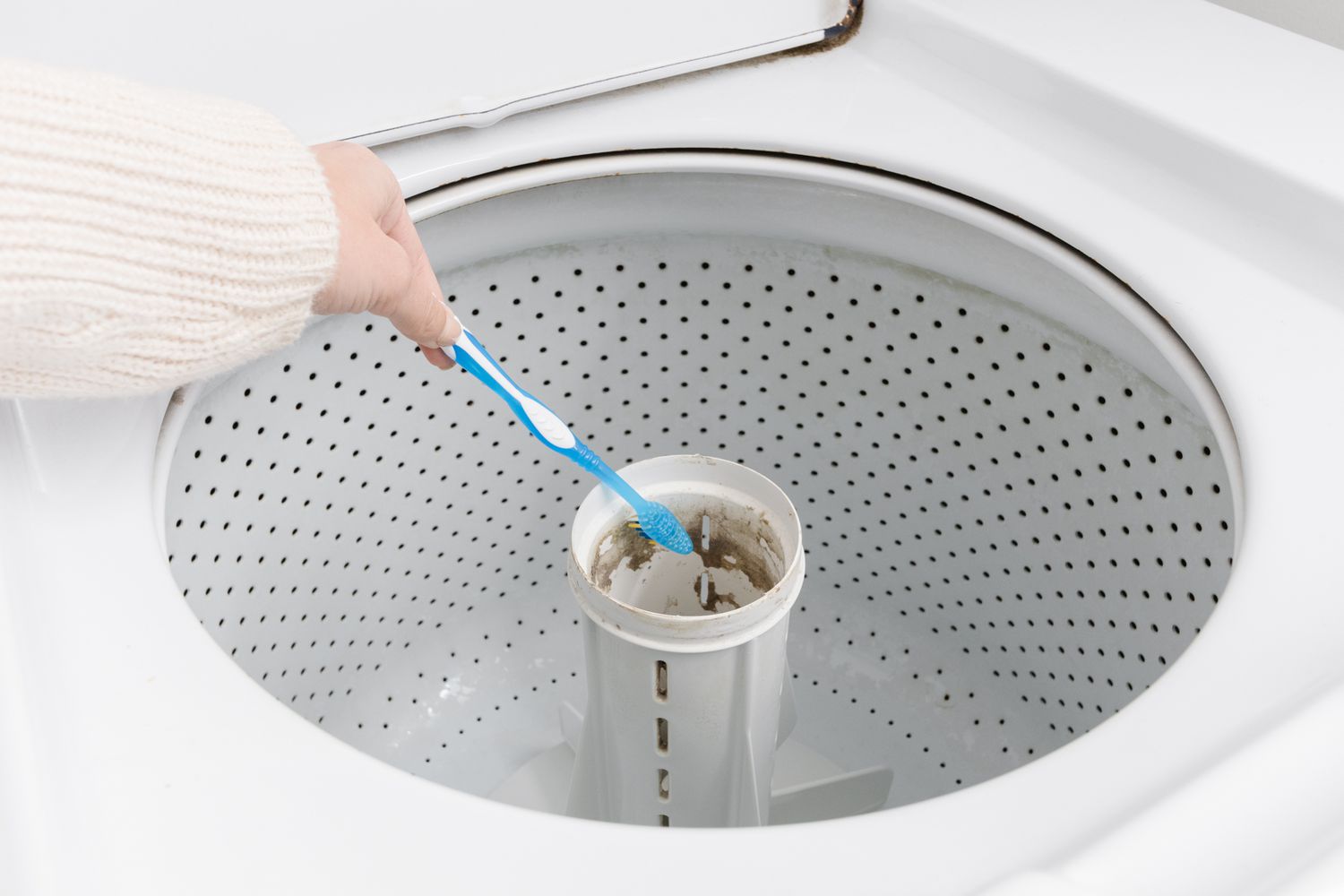

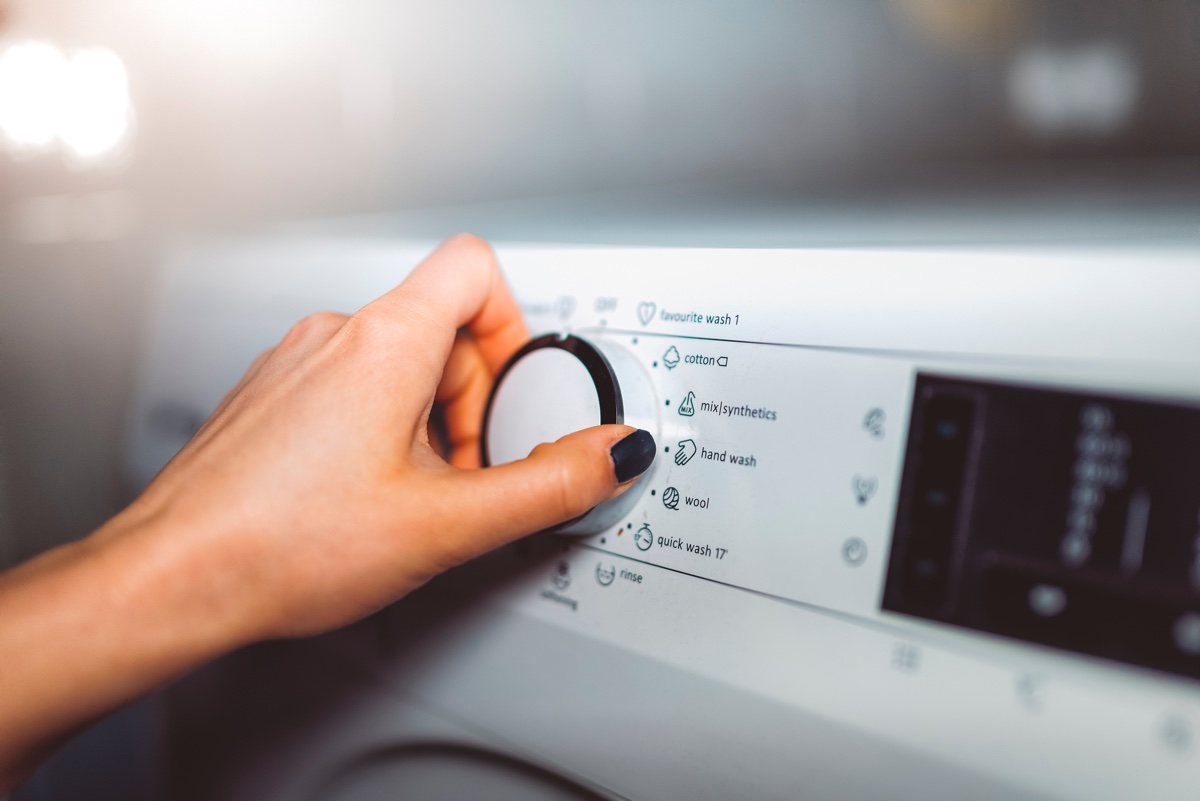

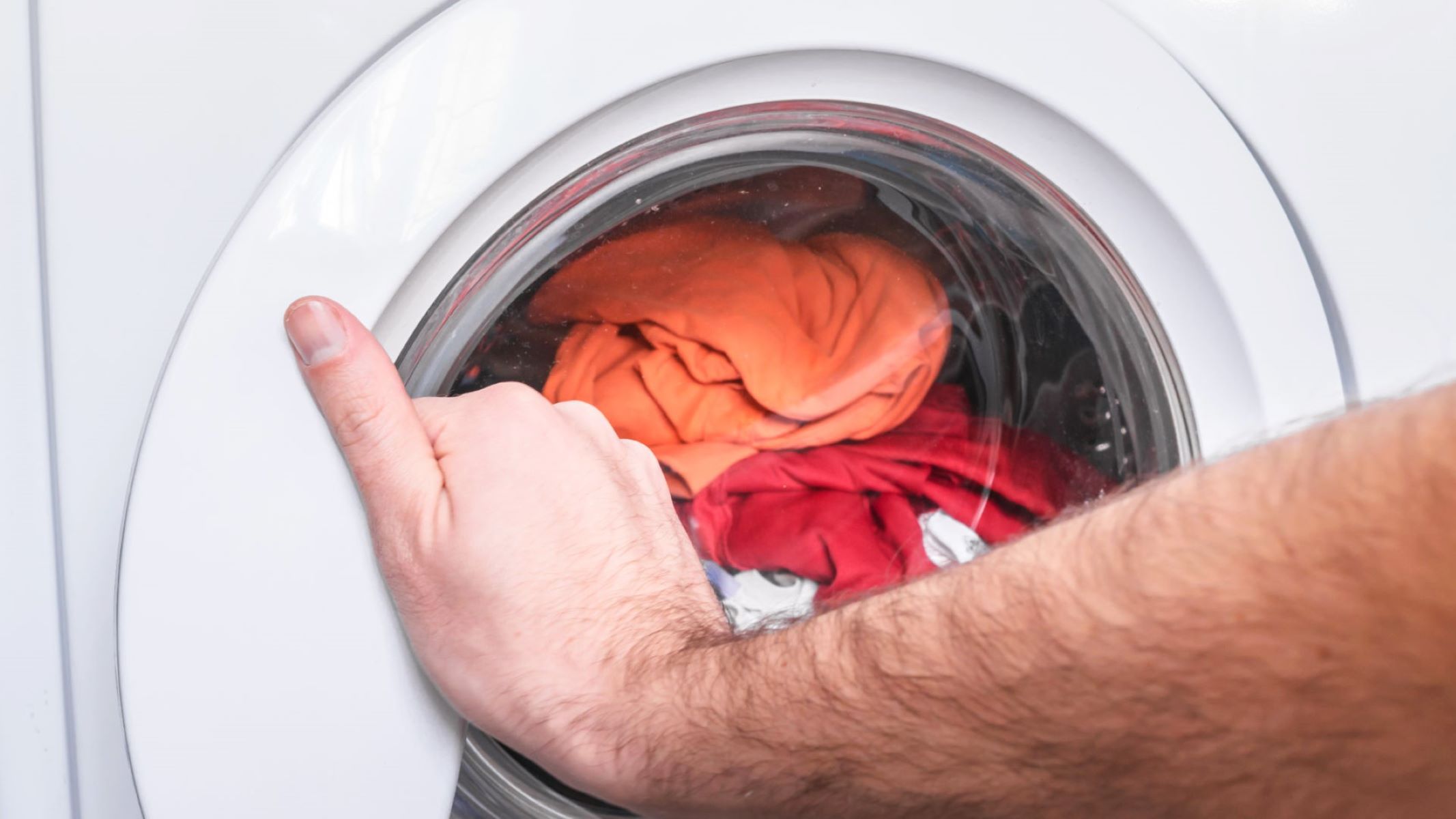

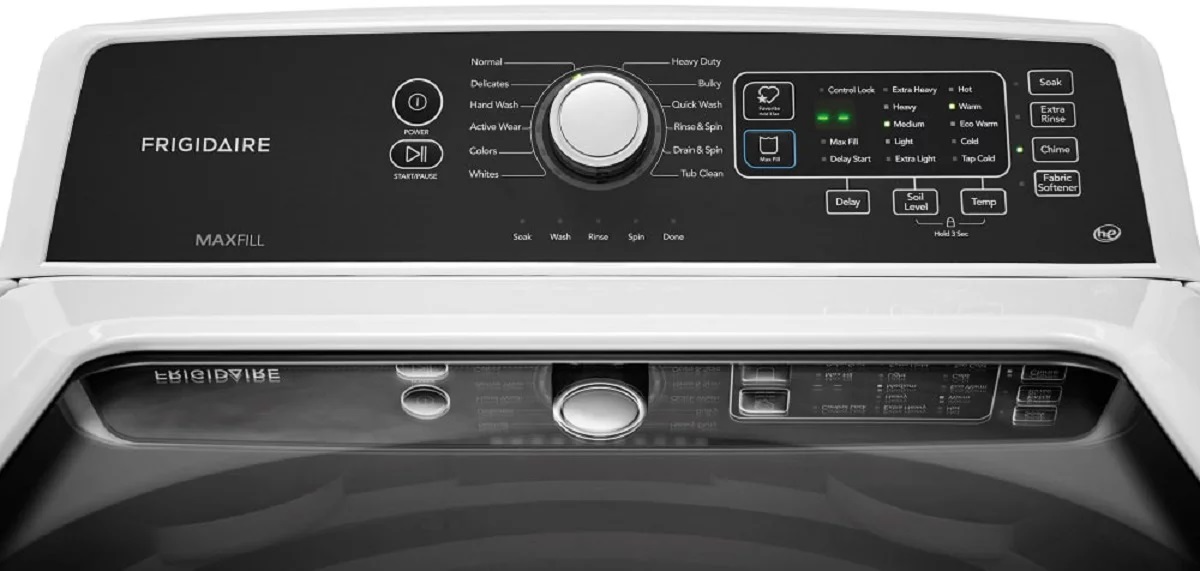
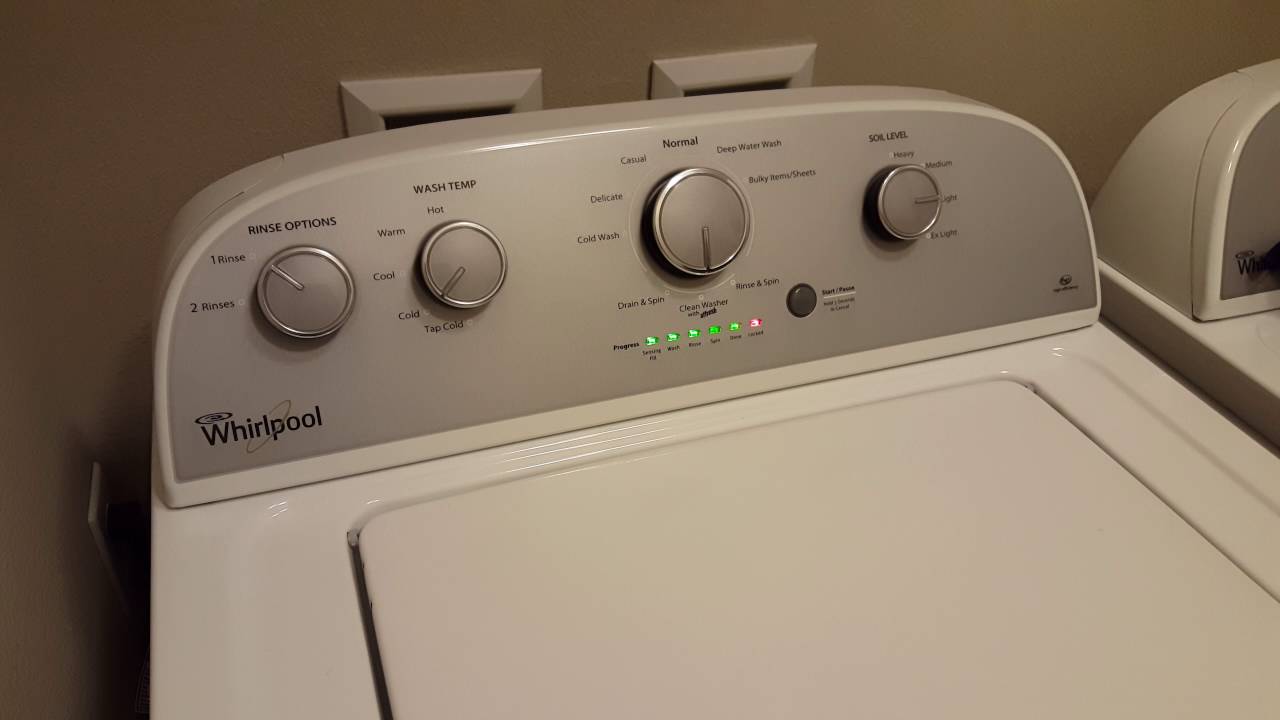

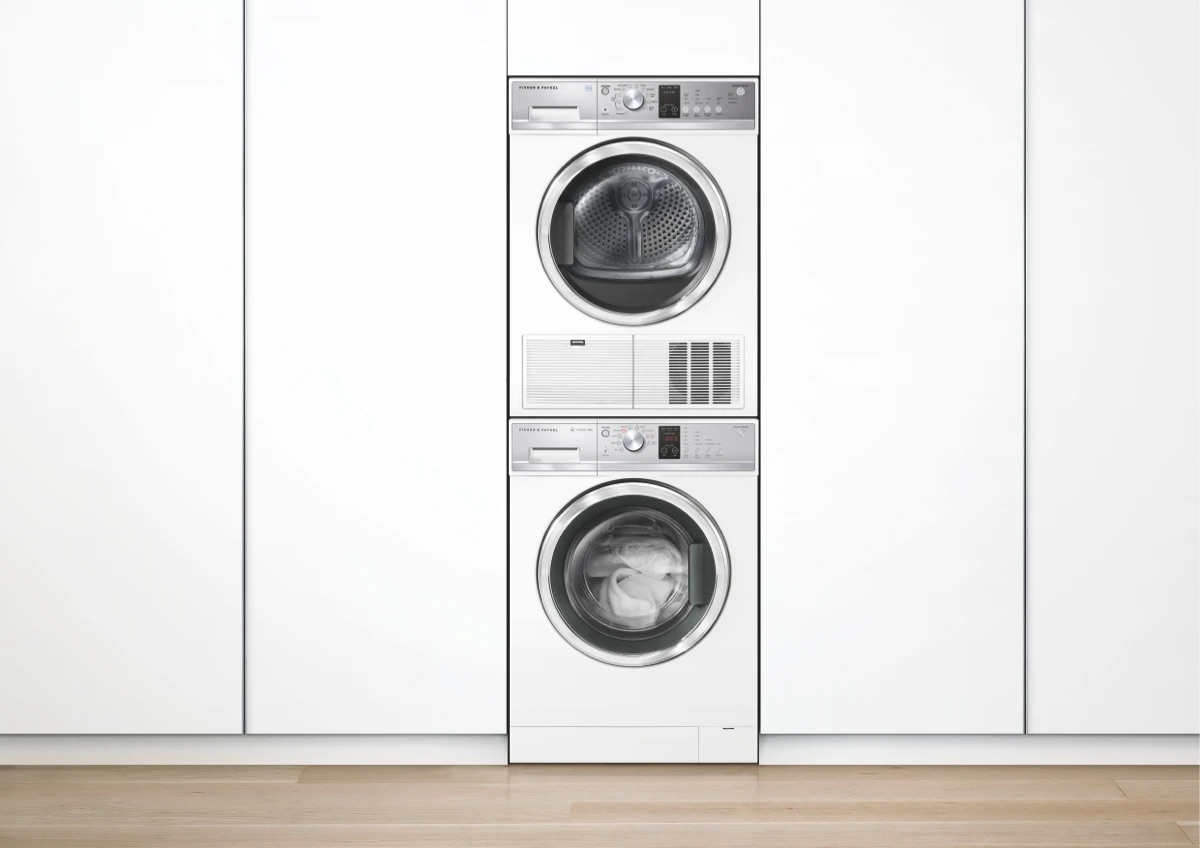
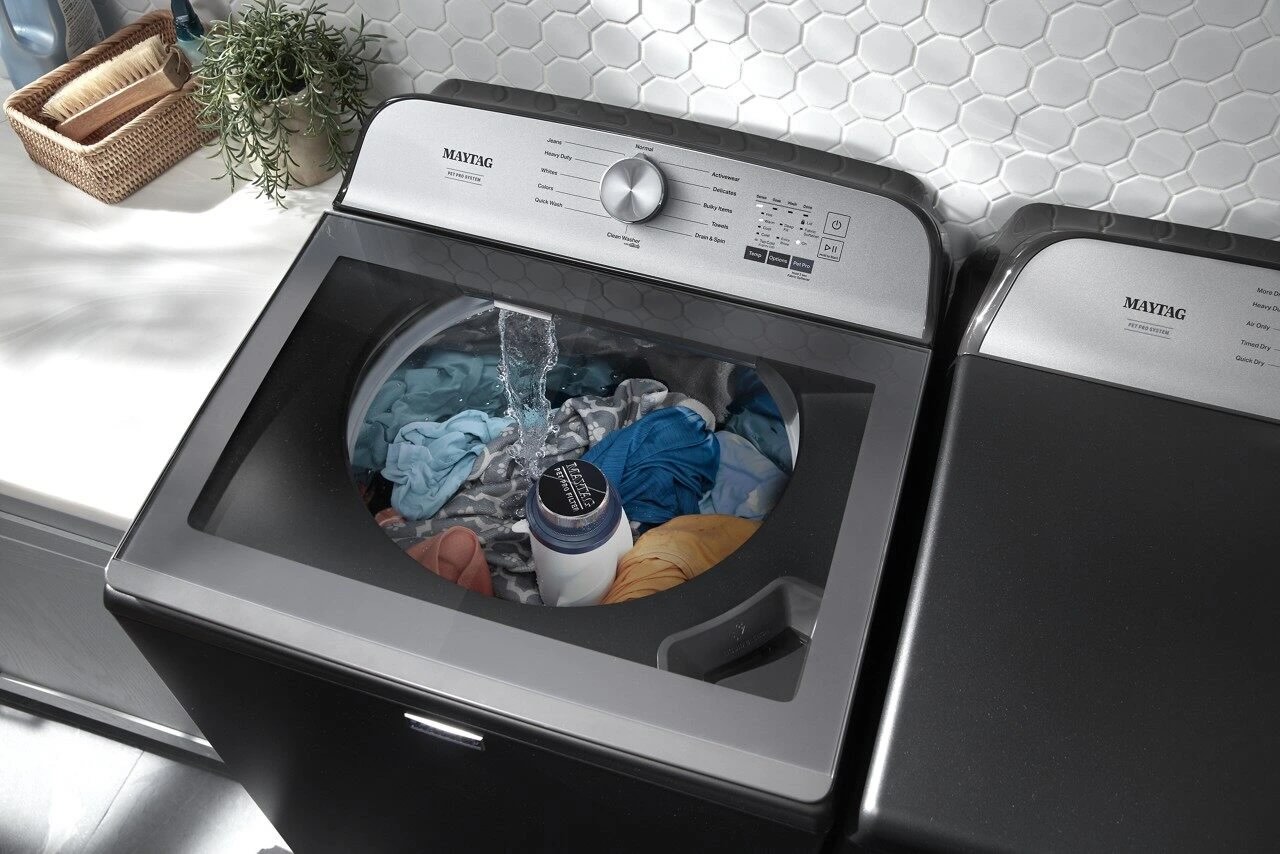

0 thoughts on “How To Wash Slides In A Washing Machine”